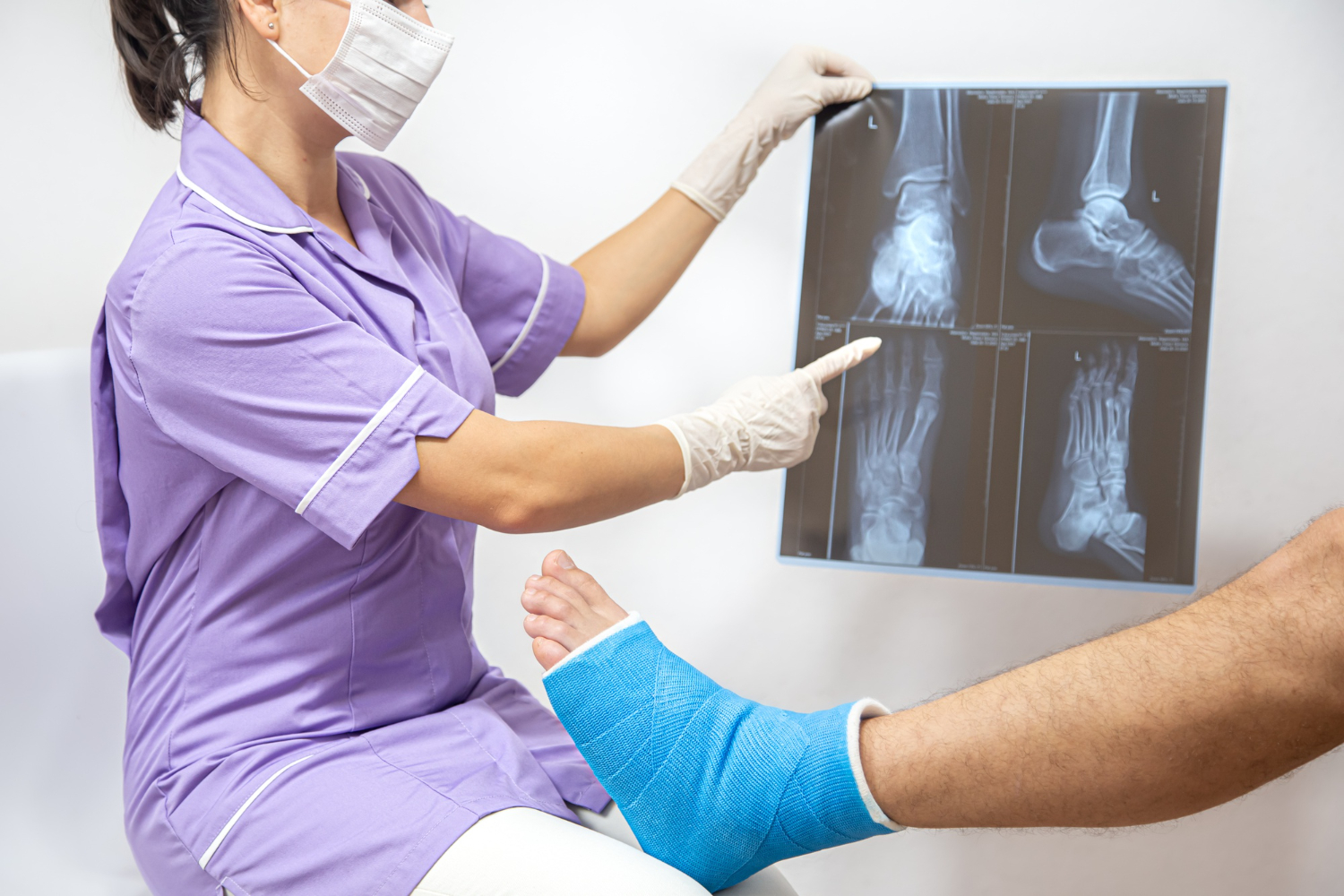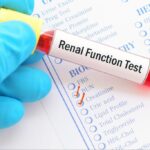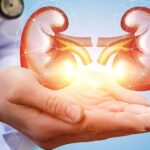Your body’s bones maintain a living state while performing their structural roles and protective functions and functioning as mineral storage sites for calcium and phosphorus. However, your bones become weak and lose flexibility as several medical conditions escalate your fracture risk and result in additional health problems.
Osteoporosis
Osteoporosis remains among the most widespread conditions which weakens bone structures. The medical condition results from decreased bone mass and mineral density which creates weak and fragile bones. This condition progresses silently until a fracture occurs.
Aging, hormonal changes, inadequate calcium intake, and a sedentary lifestyle are key contributors to osteoporosis. Initially, there may be no symptoms. Over time, individuals may experience back pain, loss of height, and fractures from minimal trauma.
Osteopenia
Osteopenia refers to bone mineral density lower than usual but not low enough to be classified as osteoporosis. The condition represents a warning that failure to manage it can increase the risk of osteoporosis developing in the future.
Poor diet, aging, and lifestyle choices such as smoking and excessive alcohol consumption are common causes. Like osteoporosis, osteopenia often presents no symptoms until fractures occur.
Paget’s Disease
The bone remodelling dynamics between old tissue removal and new tissue generation experience disruption through Paget’s disease. Quicker bone remodelling causes bones to become enlarged and weaker, heightening their susceptibility to breaking.
No definitive explanation exists, but experts recognize genetic elements alongside environmental factors that trigger the condition. Paget’s disease causes bone pain and joint stiffness, resulting in skeletal deformities, including bowed legs.
Osteogenesis Imperfecta
Osteogenesis imperfecta causes bone fragility, which leads to easy fractures despite minimal or no physical contact. Mutations in related genes that direct the production of type I collagen bone strength protein cause the absence of this protein.
Genetic mutations that parents pass down to their offspring represent the principal cause of this condition. Frequent fractures, blue sclerae, and hearing loss are hallmark symptoms.
Osteonecrosis
Avascular necrosis, also known as osteonecrosis, happens when disrupted blood flow interrupts the supply to bones, resulting in tissue death. Weight bearing joints, including hips and knees, are at high risk of experiencing bone collapse because of this condition.
Three main causes leading to this condition are trauma events alongside prolonged corticosteroid treatment and heavy alcohol drinking. Patients experience discomfort in the problem region and decreased joint movement, which leads to joint collapse.
Osteoarthritis
As a degenerative joint disease, osteoarthritis damages cartilage, which functions as a protective tissue between bones at joints. The degenerative progress leads to alterations of bone structure while simultaneously reducing joint functional ability: aging, joint injuries, and repeated stress on joints are essential causes that contribute to this condition.
Medically diagnosed osteoarthritis triggers pain, which combines with stiffness and swelling in common joints, including hands, knees, and hips.
Osteomyelitis
People develop osteomalacia in adulthood and rickets in childhood because of insufficient bone mineralization, which causes bones to become soft and weak. A vitamin D deficiency leads to poor calcium and phosphorus absorption, thus causing osteomalacia in adults and rickets in children.
Common causes of this condition involve inadequate nutrition combined with reduced sun exposure and disorders that prevent proper nutrient absorption. The condition produces symptoms alongside bone pain, which manifests with muscle weakness and skeletal deformities that cause the legs to bow.
Fibrous Dysplasia
Fibrous dysplasia is a condition where abnormal fibrous tissue replaces healthy bone tissue, weakening the bone and making it prone to fractures and deformities. A gene mutation affecting bone cells during development is the primary cause. Symptoms often include bone pain, deformities, and increased susceptibility to fractures.
Osteomalacia and Rickets
People develop osteomalacia in adulthood and rickets in childhood because of insufficient bone mineralization, which causes bones to become soft and weak. Vitamin D deficiency leads to poor calcium and phosphorus absorption, thus causing osteomalacia in adults and rickets in children.
Common causes of this condition involve inadequate nutrition combined with reduced sun exposure and disorders that prevent proper nutrient absorption. The condition produces symptoms alongside bone pain, which manifests with muscle weakness and skeletal deformities that cause the legs to bow.
Autoimmune Conditions Affecting Bones
Certain autoimmune diseases can lead to bone loss and fractures by causing inflammation or interfering with bone remodelling. Rheumatoid arthritis causes chronic inflammation, leading to cartilage degradation and bone loss.
Systemic lupus erythematosus increases bone loss risk due to inflammation and certain medications used in treatment. Celiac disease results in poor calcium absorption due to gluten intolerance.
Type 1 diabetes affects bone density due to altered insulin and calcium metabolism. Symptoms vary depending on the condition but often include joint pain, stiffness, and increased fracture risk.
Bone Cancer
Bone cancer is caused when cells in the bone grow uncontrollably. While primary bone cancers are rare, metastasis from other cancers to the bones is more common. Genetic mutations, previous radiation therapy, or metastasis from other cancers are common causes. Typical symptoms include persistent bone pain, swelling, fatigue, and unexplained weight loss.
Risk Factors for Weak Bones
Different elements trigger processes that lead to bone weakness in individuals. Bone density naturally declines because of normal ageing factors. After menopause, women experience hormonal shifts that make them more vulnerable to developing osteoporosis.
Bone health suffers when people combine smoking with high alcohol intake while remaining inactive in life. Inadequate diet intake of both calcium and vitamin D contributes to bone weakening. Long term use of corticosteroids combined with other medicines that modify bone metabolism supports weakened bones.
Final thoughts
People need strong bones to enjoy full well-being, yet many medical problems can have a negative impact on bone health. Knowledge about the root causes, together with risk factors and symptom identifiers of these conditions, enables people to build proactive approaches to prevention while managing their ailments.
The combination of a calcium vitamin D and rich diet with regular exercise alongside avoidance of harmful habits, including smoking, will help people build and sustain healthy, strong bones. See a healthcare provider immediately for diagnosis and therapy whenever you feel your bones might be in trouble.




